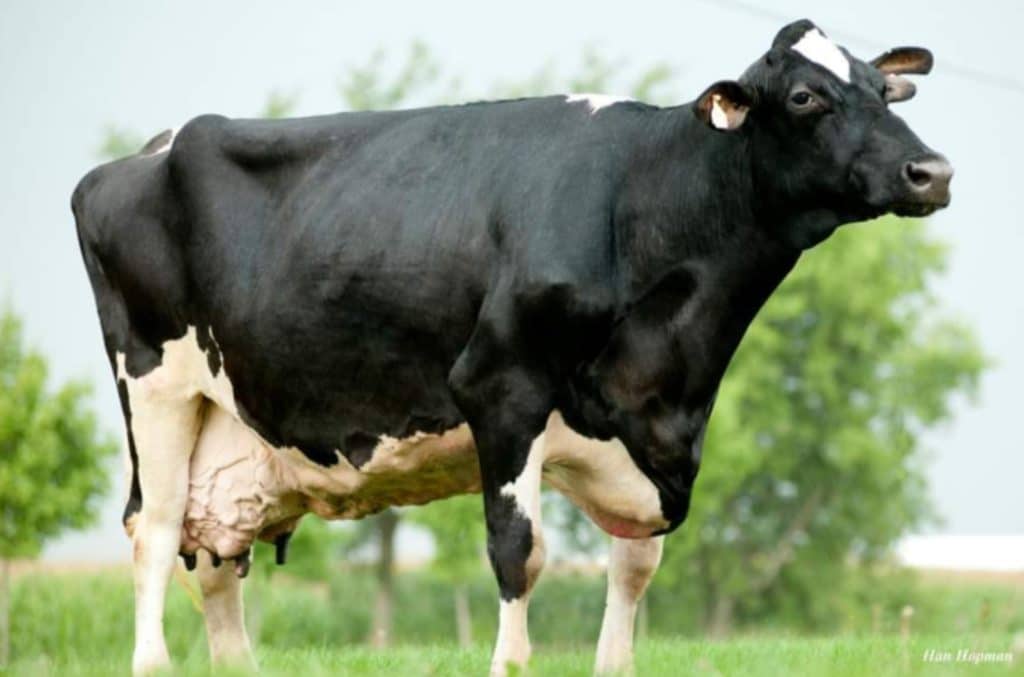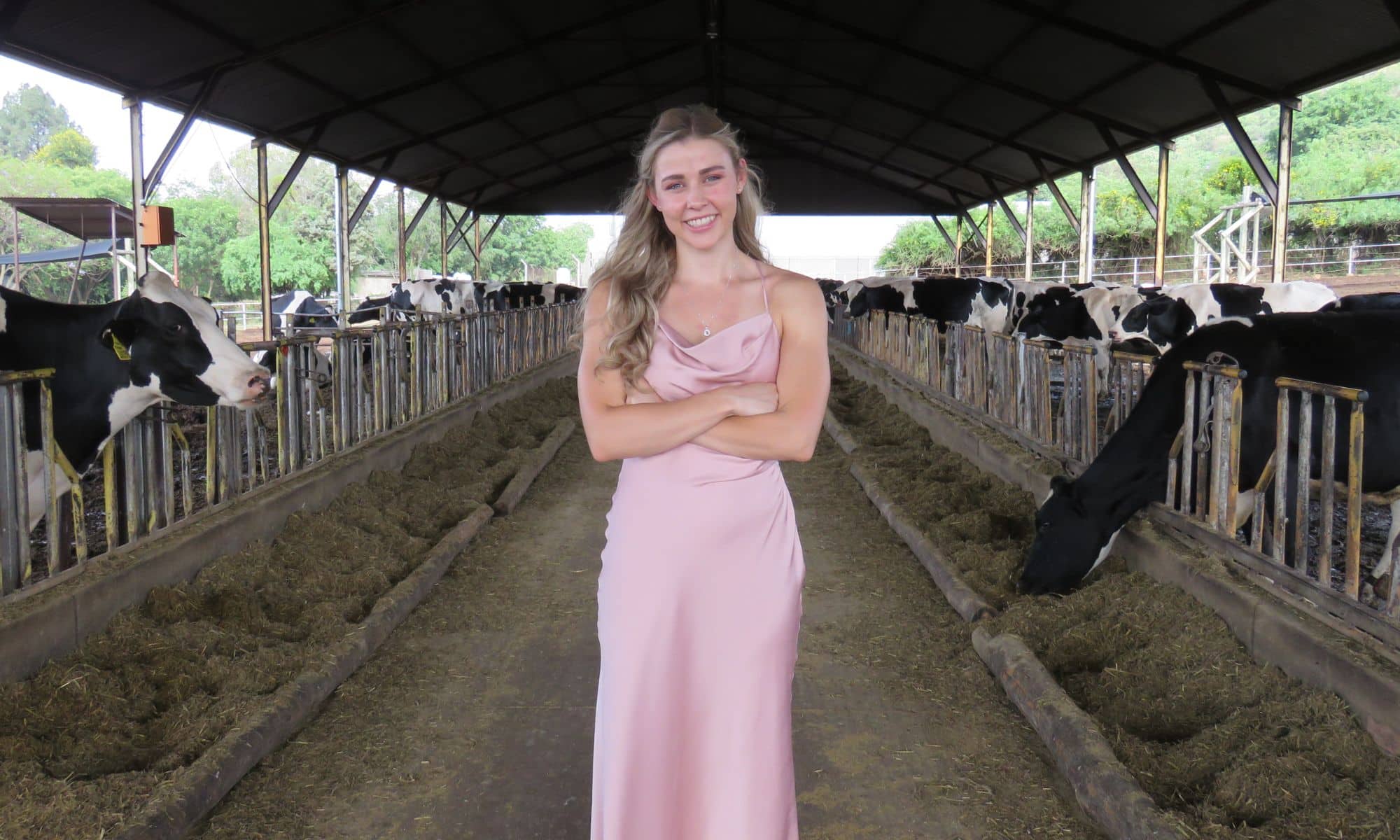Estimated reading time: 7 minutes
- The Guinness World Record holder cow for lifetime milk production, Smurf from Ontario in Canada, achieved an average daily milk output of 35.4ℓ.
- Meanwhile, Marília FIV Teatro de Naylo, a cow from Brazil, holds the record for the largest milk yield in 24 hours, producing an astonishing 123.61ℓ through mechanical milking.
- Poor fertility, as Prof Claire Wathes, a veterinary reproduction expert at the University of London, highlights, remains the primary cause of premature culling.
- Nutritional programming, particularly early-life nutrition, has a lasting impact on the reproductive performance of dairy animals, with prenatal and neonatal nutrition being critical stages for intervention.
- In the end, dairy producers depend on cow fertility since milk production is impossible without pregnancy and birth.
The Guinness World Record holder cow for lifetime milk production, Smurf from Ontario in Canada, achieved an average daily milk output of 35,4ℓ. Meanwhile, Marília FIV Teatro de Naylo, a cow from Brazil, holds the record for the largest milk yield in 24 hours, producing an astonishing 123,61ℓ through mechanical milking.

Such extraordinary advancements in milk production are no coincidence but rather the result of deliberate data-driven breeding objectives. While this approach successfully increased milk yield, it came at a cost, negatively impacting udder conformation, udder health, leg health, herd longevity, and fertility.
Poor fertility
Besides these challenges, South African dairy farmers currently face additional challenges such as heat stress, diseases, and parasite prevalence. However, poor fertility, as Prof Claire Wathes, a veterinary reproduction expert at the University of London, highlights, remains the primary cause of premature culling.
Wathes’ statement is confirmed by a retrospective survey conducted in South Africa published in the Scientific African Journal. This survey recorded the main contributors to culling on dairy farms in the Eastern Cape in 2021, limiting milk output. Figure 1 illustrates the primary factors responsible for culling. These results justify the search for strategies to improve fertility in South African dairy herds. One promising avenue is the manipulation of cattle fertility through early-life nutrition.
Figure 1: The factors responsible for culling of dairy cows in the Eastern Cape, 2021.

Did you know?
- In 2021, the most common cause for culling dairy cows in the Eastern Cape were reproductive problems, including infertility (7,9%), reproductive failure (89,9%), and dystocia (1%).
- Restoring the fertility of dairy herds can reduce methane emissions by 25%.
- The proportion of total methane emissions attributed to herd replacements can reach up to 27%.
- All fertility-related traits are negatively correlated with milk production traits.
Unpacking fertility in dairy herds
Although equally important, female fertility is often the primary focus due to its role in determining the number of offspring. A fertile cow is often defined as one that can conceive and successfully maintain her pregnancy to term. To prove her reproductive efficiency, a cow should calve and wean a heavy calf yearly.
On the other hand, a fertile bull possesses the physiological and, preferably, physical ability to impregnate females. According to Dr Carel Muller, the author of The Dairy Farming Handbook, examples of traits used as indicators of cow fertility include age at first calving, calving interval, pregnancy rate, services per conception, and days open. For bulls, fertility can be measured through parameters such as scrotal circumference, breeding soundness evaluation, and serving capacity.
The expression of fertility traits is primarily determined by external factors such as management and nutrition rather than genetics. Therefore, poor management practices, such as inadequate heat detection, can cause fertile cows to appear infertile, even when they are physiologically capable of conceiving. Furthermore, inadequate nutrition places dairy cattle in ‘survival mode’ during which reproduction, a secondary bodily function, is deprioritised in favour of maintenance and survival. Controlling these external factors, therefore, unlocks the full reproductive potential of dairy herds.
Read more about managing bull and cow health in the breeding season.
Why Fertility Matters
Herd fertility has a direct impact on a farm’s economic and environmental efficiency. Highly fertile cows are less expensive since fewer additional inseminations and veterinary and hormonal expenses are required. Additionally, high fertility rates ensure a consistent supply of replacement heifers, decreasing the need for external replacement stock. Increasing the calving interval by 60 days can lead to a decrease in milk yield of 2kg per day, resulting in a loss of over R4 500 per cow, as confirmed by Dr Muller.
This highlights the economic impact of fertility. Professor of Dairy Sciences at the University of Nottingham, Phil Garnsworthy, emphasises the environmental implications of infertility. Cows with longer calving intervals remain in a non-productive state for extended periods, consuming resources and producing waste without contributing to milk production. This inefficiency increases the lifetime methane emissions per litre of milk. Beyond these considerations, fertility is a key indicator of overall animal health and welfare.
Nutritional programming for fertility
Nutritional programming refers to the strategic manipulation of an animal’s diet during specific periods of its life to achieve a desired outcome. Early-life nutritional programming, in particular, exerts a lasting impact on the reproductive performance of young animals. This approach can be categorised into two key stages: prenatal and neonatal.
Prenatal nutrition focusses on the maternal diet during pregnancy, as the nutrients provided to the dam directly influence the developing foetus. In contrast, neonatal nutrition focuses on colostrum, milk, and water intake during the first few weeks of life. Past research in this field mostly experimented with the effects of energy or protein restrictions and supplementations during these stages on the development of the offspring.
Prenatal nutrition
The foundation for improved reproductive performance begins prior before birth or, more scientifically, in utero. The timing of each nutritional intervention throughout pregnancy will deliver significantly varying results on the offspring’s fertility due to its stage of development. Studies have shown that nutritional interventions from early to mid-gestation negatively affect offspring fertility.
The first pregnancy period is the most sensitive since it is where most embryonic mortalities occur. Keeping this in mind, the nutritional requirements of the dam must just be met in the first two trimesters. Nutritional treatments during late gestation have shown more promise. Research published in the Journal of Animal Science has demonstrated that supplementing with protein during late gestation increases the weight of the offspring at weaning, pre-breeding, and first pregnancy diagnosis, leading to higher pregnancy rates.
Neonatal nutrition
Despite often being viewed as an expensive inconvenience by producers, calves should be considered an investment. The lasting effect of early-life nutrition will determine future profitability. It should be standard practice to allow calves to receive at least 10% of their bodyweight in colostrum within the first 24 hours after birth. Restricting colostrum intake will reduce reproductive performance, production, and overall health.
In research on the impact of nutritional programming on the sexual development of bull calves, Prof Heinrich Bollweinconfirmed that ad libitum-fed calves outperformed restrictively fed calves. For instance, ad libitum-fed calves achieved a scrotal circumference of 28cm weeks earlier than their restricted counterparts. Therefore, working with nature rather than against it has a positive impact on reproductive development.
Researchers are investigating the direct effect of milk quality on offspring performance. A recent study from the University of Tehraninvestigated the association of maternal milk composition with offspring reproduction. Interestingly, milk protein percentage is negatively correlated with offspring fertility, leading to an increase in the number of services per conception.
Conclusion
In conclusion, Smurf’s and Marília FIV Teatro de Naylo’s record-setting milk production boasts about what dairy cows are genetically capable of. However, even these cows require holistic management systems that balance reproduction, production and welfare.
Early-life nutrition is proven to be a ‘make or break’ for future fertility. After covering the basics of management, implementing nutritional programming can significantly improve fertility in dairy herds. This approach not only enhances reproductive performance but also benefits animal welfare, reduces environmental impacts, and increases farm profitability. In the end, dairy producers depend on cow fertility since milk production is impossible without pregnancy and birth. – Cilé-Mari Schultz, University of Pretoria

For more information, contact Rimbilana Shingange, lecturer at the Department of Animal Science at the University of Pretoria, via email at rimbilana.shingange@up.ac.za or contact the author, Cilé-Mari Schultz at u21428655@tuks.co.za.

